AI: Opportunities and Risks
What everyone should know
Introduction
Artificial Intelligence (AI) is one of the most powerful forces shaping the 21st century. From changing how we work and learn, to redefining entire industries and touching nearly every part of daily life, AI’s impact is broad and far-reaching. The pace of its development is accelerating, making it essential for everyone—students, professionals, and citizens—to understand what AI is, how it works, and what its future could look like. This article explores foundational AI concepts, its numerous opportunities, and the risks it poses across different areas of society.
1.1. What is Artificial Intelligence?
Artificial Intelligence is the simulation of human intelligence processes by machines, especially computer systems. These processes include learning (acquiring information and rules for using it), reasoning (using rules to reach approximate or definite conclusions), and self-correction. In simpler terms, AI refers to the ability of machines to mimic human capabilities such as thinking, decision-making, problem-solving, and even creativity.
AI can be categorized into narrow AI and general AI. Narrow AI refers to systems designed for specific tasks, such as facial recognition or language translation. General AI, still theoretical, would involve machines with the ability to perform any intellectual task a human can do. Narrow AI is what powers most of the applications we interact with today.
AI also intersects with other disciplines such as cognitive science, linguistics, neuroscience, and computer engineering. This interdisciplinary nature allows AI to evolve through various perspectives, enriching its capabilities and applications.
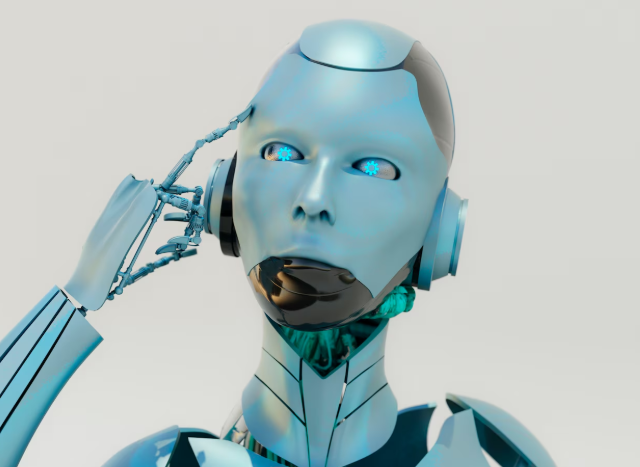

1.2. Historical Background
AI has a rich history that dates back to ancient mythology, where stories featured artificial beings with intelligence or consciousness. However, the academic study of AI began in the 20th century. In 1950, Alan Turing proposed the question, „Can machines think?” and introduced the Turing Test, a measure of a machine’s ability to exhibit intelligent behavior.
The field officially began in 1956 during the Dartmouth Conference, where pioneers like John McCarthy and Marvin Minsky laid the foundation for AI as a field of study. Early successes in AI included programs that could play chess or solve algebra problems, but progress was slow due to limited computing power.
From the 1980s onwards, the field saw rapid advancements with the introduction of machine learning algorithms and the availability of more powerful computers. The 2010s marked a turning point, with breakthroughs in deep learning, natural language processing, and computer vision leading to practical and impactful applications.
2. Core Concepts in AI
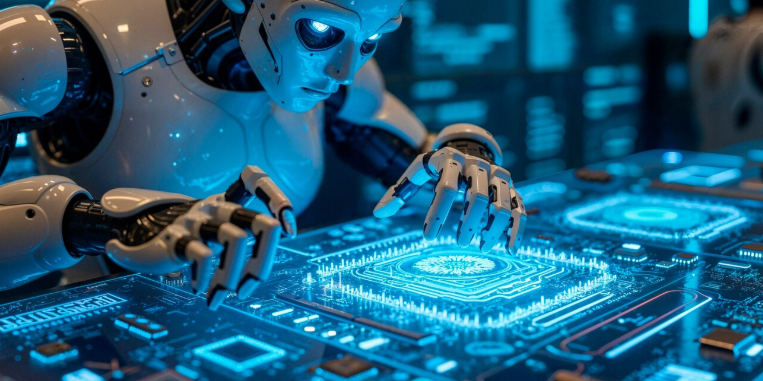
2.1. Machine Learning (ML)
Machine Learning is a crucial branch of AI focused on building systems that can learn from data and improve over time. Instead of being explicitly programmed for every task, ML models identify patterns and make decisions with minimal human intervention. ML is what allows systems to become smarter the more data they process.
ML can be categorized into supervised learning (where the model is trained on labeled data), unsupervised learning (for discovering patterns in unlabeled data), and reinforcement learning (where an agent learns to make decisions through trial and error to maximize rewards). Each type has specific use cases, from spam detection to recommendation systems and self-driving cars.
ML is widely used across industries. In finance, it helps detect fraudulent transactions. In healthcare, it predicts patient outcomes. In marketing, it personalizes customer experiences. As data continues to grow, ML’s role in decision-making will become even more central.
2.2. Big Data
Big Data refers to extremely large and complex datasets that traditional data processing tools cannot handle efficiently. The term is often associated with the „three Vs”: volume (large amounts of data), velocity (high speed of data generation), and variety (different types of data, from text and images to videos and sensor data).
AI relies heavily on big data for training and improving models. For instance, a voice assistant like Alexa requires massive datasets of spoken language to understand and respond accurately. Similarly, self-driving cars process huge volumes of sensory data in real time to navigate safely.
Big data also enables insights that were previously impossible. In public health, analyzing vast datasets can identify disease outbreaks or predict the spread of viruses. In urban planning, it helps manage traffic flow and resource allocation. However, the use of big data also raises significant ethical and privacy concerns that must be carefully managed.
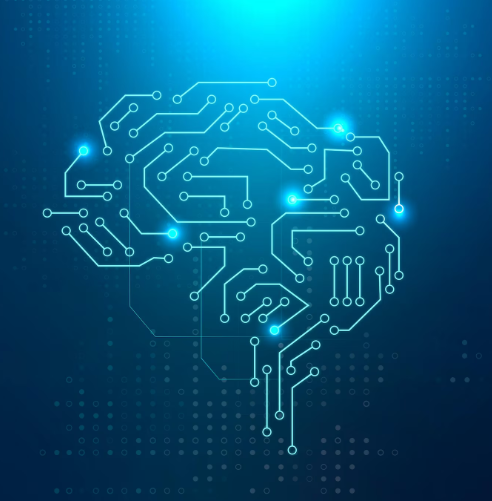

2.3. Automation
Automation is the use of technology to perform tasks without human intervention. While automation has existed for decades (e.g., assembly lines), AI-driven automation adds new levels of intelligence, adaptability, and decision-making capability.
Intelligent automation can be found in chatbots, virtual assistants, robotic process automation (RPA), and autonomous systems. These tools can handle tasks ranging from customer service inquiries to managing supply chains and driving vehicles. In manufacturing, automation increases productivity and reduces human error. In offices, it automates repetitive administrative tasks.
However, automation also disrupts job markets. While it creates new roles, especially in technology and management, it can displace workers whose jobs become obsolete. Addressing these transitions through education, retraining, and social support is a major policy challenge.
2.4. Neural Networks
Neural networks are at the core of many modern AI systems. Inspired by the structure of the human brain, neural networks consist of layers of interconnected „neurons” that process data in complex ways. Deep learning involves neural networks with many layers, enabling the model to learn high-level features from raw data.
Neural networks are especially powerful in image and speech recognition, natural language processing, and game playing. For example, convolutional neural networks (CNNs) excel at analyzing visual data, while recurrent neural networks (RNNs) are used for sequence data like language.
Training neural networks requires large datasets and significant computational resources, often provided by graphics processing units (GPUs) and cloud platforms. As models grow in complexity, concerns about energy consumption and interpretability also grow, prompting the development of more efficient and explainable AI techniques.

3. Opportunities Presented by AI

3.1. Healthcare Advancements
AI is transforming healthcare by improving diagnostics, treatment planning, and patient outcomes. Machine learning algorithms can analyze medical images such as X-rays and MRIs with a level of accuracy comparable to, or even surpassing, that of human doctors. This reduces diagnostic errors and speeds up the process of identifying conditions.
AI is also used to develop personalized medicine. By analyzing genetic information and patient history, AI systems can recommend treatments tailored to individual needs. In oncology, AI models help identify the best therapies based on tumor characteristics.
Remote patient monitoring and AI-powered chatbots provide support for patients at home, reducing the burden on healthcare systems. Predictive analytics help hospitals manage resources, anticipate outbreaks, and improve overall care efficiency. These technologies have the potential to make healthcare more accessible, affordable, and effective.
3.2. Enhanced Education
Education is being revolutionized by AI through personalized learning platforms that adapt to each student’s pace, preferences, and challenges. These systems use data to identify areas where a student is struggling and provide targeted support, which can significantly improve learning outcomes.
AI also automates administrative tasks such as grading and scheduling, allowing educators to focus more on teaching. Intelligent tutoring systems provide instant feedback, simulate real-world problems, and support collaborative learning experiences.
In higher education and professional training, AI helps develop adaptive curricula that evolve with technological advancements and job market needs. For students with disabilities, AI tools like speech-to-text and real-time translation improve accessibility and inclusion.
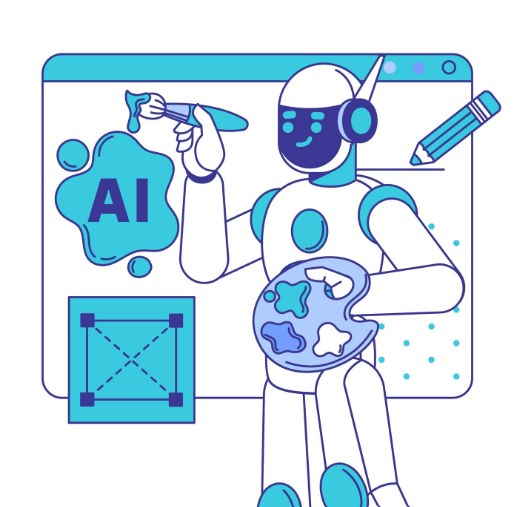
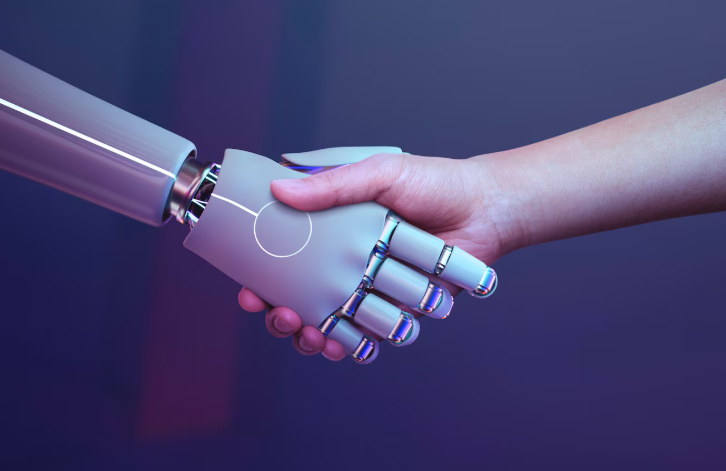
3.3. Economic Growth
AI is a major driver of economic growth. It boosts productivity by automating routine tasks, enhances decision-making with predictive analytics, and enables new business models. For example, companies use AI to optimize logistics, manage inventories, and personalize marketing strategies.
Startups and entrepreneurs are using AI to innovate across sectors—from agriculture to finance. Investment in AI technologies has skyrocketed, with governments and private sectors funding research, infrastructure, and education.
AI is also contributing to the emergence of new professions, such as AI ethics officers, data scientists, and machine learning engineers. As digital transformation accelerates, economies that successfully integrate AI are likely to gain competitive advantages on the global stage.
3.4. Environmental Monitoring
AI is playing a vital role in environmental conservation and climate action. Satellite data and AI models help monitor deforestation, track wildlife populations, and detect illegal fishing activities. These tools provide real-time insights that inform policy and conservation efforts.
In agriculture, AI supports precision farming by analyzing soil conditions, predicting weather patterns, and optimizing crop management. This leads to more efficient use of resources and higher yields.
AI is also used to model climate change scenarios, assess the effectiveness of mitigation strategies, and support disaster response efforts. By analyzing historical and real-time data, AI helps predict floods, earthquakes, and hurricanes, enabling quicker and more targeted responses.
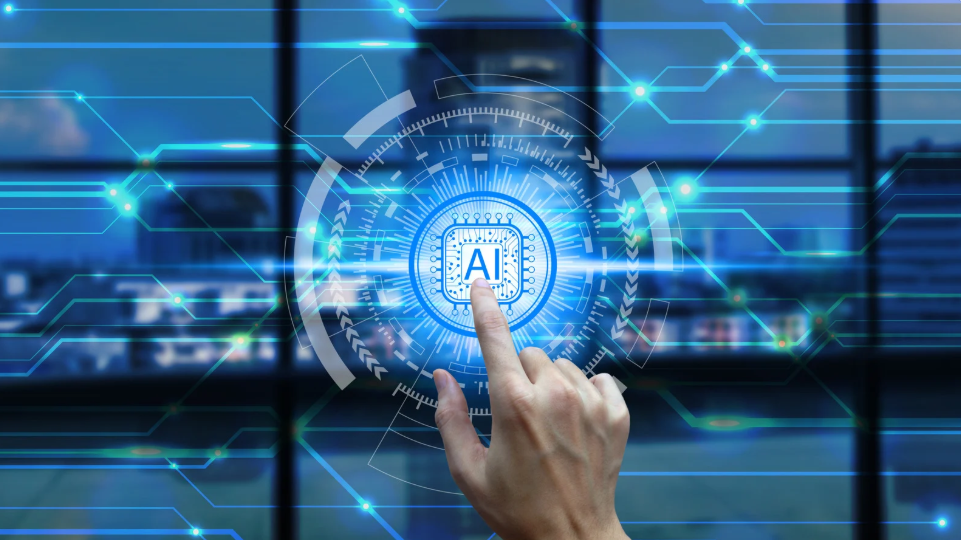
4. Risks and Challenges of AI
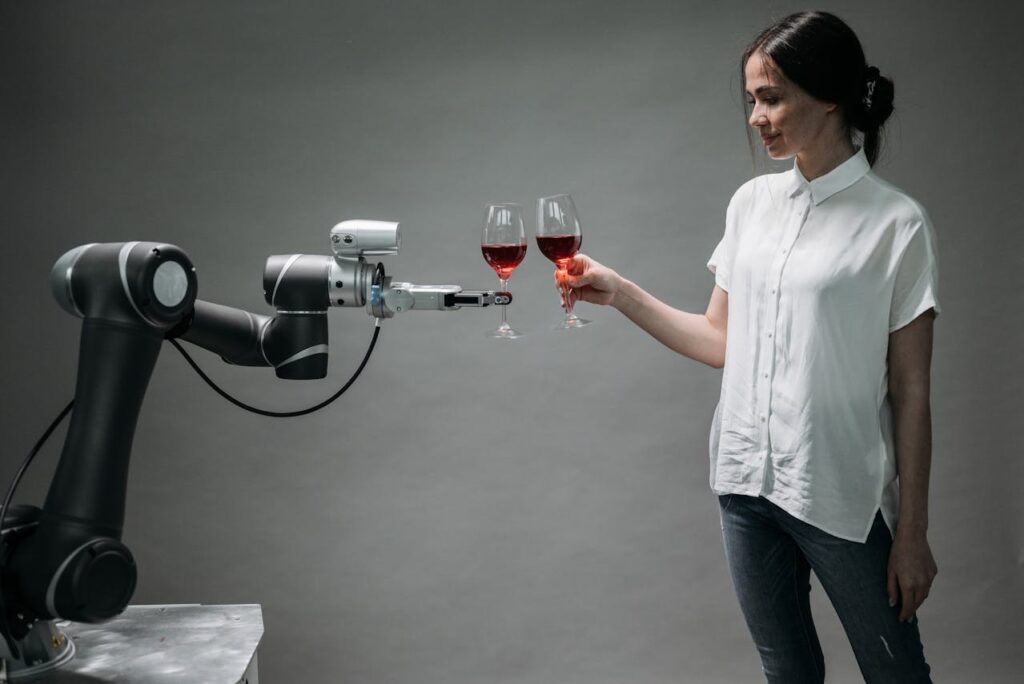
4.1. Job Displacement and Economic Inequality
One of the most discussed risks of AI is its potential to displace human workers. As machines and algorithms become capable of performing more complex tasks, many roles that once required human labor are now automated. This trend is particularly visible in sectors like manufacturing, logistics, customer service, and even legal or medical analysis.
While AI can increase productivity and reduce costs, it also raises concerns about job loss and widening income inequality. High-skilled workers who can adapt to new technologies may benefit, while others may find their jobs becoming obsolete. Studies have shown that automation disproportionately affects low-income and less-educated workers, creating social and economic imbalances.
Addressing this issue requires proactive strategies such as investing in education, retraining programs, and lifelong learning. Governments and businesses must work together to create a safety net and ensure that technological progress benefits everyone, not just a privileged few.
4.2. Bias and Discrimination
AI systems learn from data, and if that data reflects existing biases in society, the models can perpetuate or even amplify those biases. For example, facial recognition algorithms have been shown to perform worse on individuals with darker skin tones, leading to concerns about racial profiling and discrimination.
Bias can creep into AI in various ways—through biased training data, flawed assumptions in model design, or the lack of diverse perspectives during development. In sectors like criminal justice, hiring, and healthcare, biased AI systems can lead to unfair treatment and systemic inequality.
To combat these issues, developers must prioritize transparency, diversity, and accountability. This includes auditing datasets, testing for fairness, and involving ethicists and affected communities in the design process. Ethical AI development is not just a technical challenge but a moral imperative.


4.3. Privacy and Surveillance
AI technologies often rely on massive amounts of personal data, raising serious privacy concerns. Applications like facial recognition, smart home devices, and behavioral tracking collect and analyze sensitive information, sometimes without clear consent.
Governments and corporations have used AI for mass surveillance, prompting fears of Orwellian societies where individual freedoms are eroded. In authoritarian regimes, AI-enabled surveillance can be used to suppress dissent, monitor citizens, and control behavior.
Protecting privacy requires robust data protection laws, user education, and the ethical deployment of AI technologies. Policies such as GDPR in Europe are a step in the right direction, but global standards and enforcement mechanisms are still evolving.
4.4. Security and Misuse
AI can be weaponized or misused for malicious purposes. Deepfakes—realistic but fake audio or video content generated by AI—pose threats to public trust, political stability, and individual reputations. AI can also be used in cyberattacks to identify vulnerabilities, bypass security systems, or automate phishing campaigns.
Autonomous weapons systems raise ethical and strategic dilemmas. Should machines be given the power to make life-and-death decisions? What if these systems malfunction or fall into the wrong hands?
Securing AI systems against misuse requires international cooperation, clear regulations, and continuous oversight. It also demands interdisciplinary collaboration between technologists, policymakers, and ethicists to anticipate and mitigate potential harms.

5. Ethical Considerations in AI

5.1. Transparency and Explainability
Many AI systems, especially those based on deep learning, operate as „black boxes”—they can make accurate predictions but provide little insight into how decisions are made. This lack of transparency raises issues in fields where accountability is crucial, such as law, healthcare, and finance.
Explainable AI (XAI) is a growing field aimed at making models more interpretable. Understanding why an AI made a certain decision helps build trust and allows users to challenge or refine outputs. Regulatory frameworks increasingly require that AI decisions be explainable, especially when they affect individuals’ rights.
Building transparent AI involves trade-offs between accuracy and interpretability, but striking a balance is essential for ethical and responsible use.
5.2. Consent and Autonomy
AI can interfere with human autonomy if users are not fully informed or cannot control how their data is used. Algorithms that make decisions on behalf of individuals—such as recommending parole, allocating medical treatment, or filtering online content—must respect user rights and provide options for human oversight.
Consent should be informed, meaningful, and revocable. This applies to everything from personalized advertising to biometric data collection. Ethical AI development must ensure that individuals retain agency over their lives and choices.
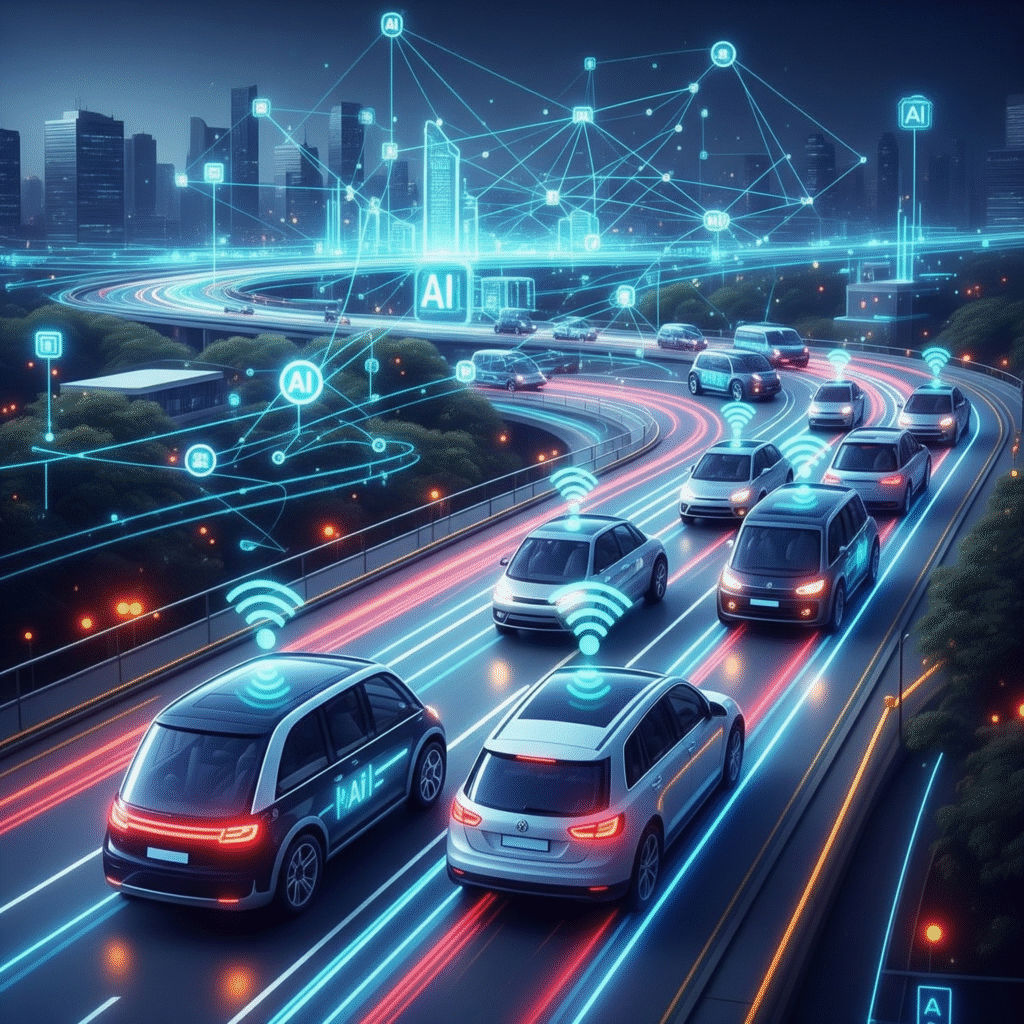

5.3. Accountability and Governance
When AI systems cause harm, who is responsible? Is it the developer, the user, the data provider, or the organization deploying the AI? These questions highlight the need for clear accountability frameworks and legal structures.
Developers should document design decisions, conduct ethical impact assessments, and adhere to codes of conduct. Governments must establish regulatory bodies to oversee AI development and deployment. International collaboration can help set global standards and norms.
Governance must also be inclusive, involving stakeholders from civil society, academia, industry, and government. This ensures that diverse perspectives are considered and that AI serves the public interest.
6. The Future of AI
6.1. Toward General Artificial Intelligence
While most current AI is narrow and task-specific, researchers are exploring the possibility of General Artificial Intelligence (AGI)—machines that can perform any intellectual task that humans can. AGI could revolutionize science, education, and innovation, but it also raises existential questions.
What would a world with AGI look like? Would it cooperate with humans or compete with us? How do we align its goals with human values? These are not just technical questions but philosophical and societal ones.
AGI development must proceed with extreme caution, guided by interdisciplinary research and international oversight. The stakes are too high to approach this frontier irresponsibly.
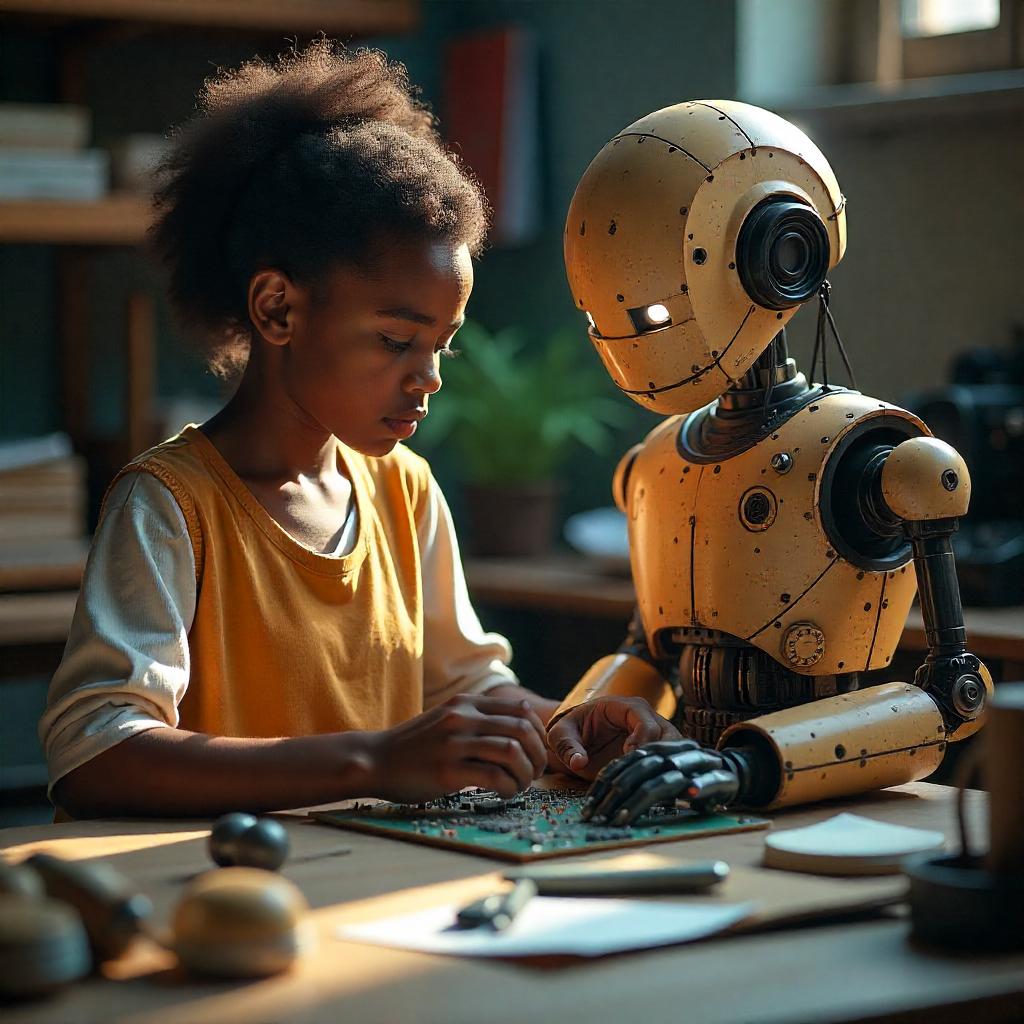

6.2. Human-AI Collaboration
Rather than replacing humans, AI can augment human capabilities. Tools like ChatGPT, design assistants, and diagnostic algorithms empower people to be more creative, efficient, and effective. The key is to design systems that complement human strengths and mitigate weaknesses.
Education will play a critical role in preparing future generations for this collaborative future. Understanding how to work alongside AI—and when to question or override it—will become essential life skills.
Designing collaborative AI also involves user-centered design, transparency, and shared control. The goal is not domination but partnership.
6.3. Sustainable and Inclusive AI
The future of AI must be both sustainable and inclusive. AI consumes enormous computational resources, contributing to carbon emissions. Researchers are developing energy-efficient models and advocating for green computing practices.
Inclusion means ensuring that AI benefits all people, regardless of geography, gender, race, or socioeconomic status. This requires expanding access to AI education, funding underrepresented researchers, and ensuring that datasets reflect diverse experiences.
AI should not reinforce existing inequalities—it should help solve them. Achieving this vision requires commitment, coordination, and collective action.

7. Conclusion
Artificial Intelligence offers immense promise but also serious challenges. Understanding its core concepts—machine learning, big data, automation, and neural networks—is essential to grasp its potential. AI can revolutionize healthcare, education, the economy, and the environment, but it can also threaten jobs, privacy, and equality if mismanaged.
As we stand at the frontier of this transformative technology, society must act wisely. Education, ethical frameworks, and inclusive governance will be key to steering AI in a direction that enhances human dignity, freedom, and well-being.
AI is not just a technological issue—it is a human one. We must shape it with care, wisdom, and a shared sense of purpose.

